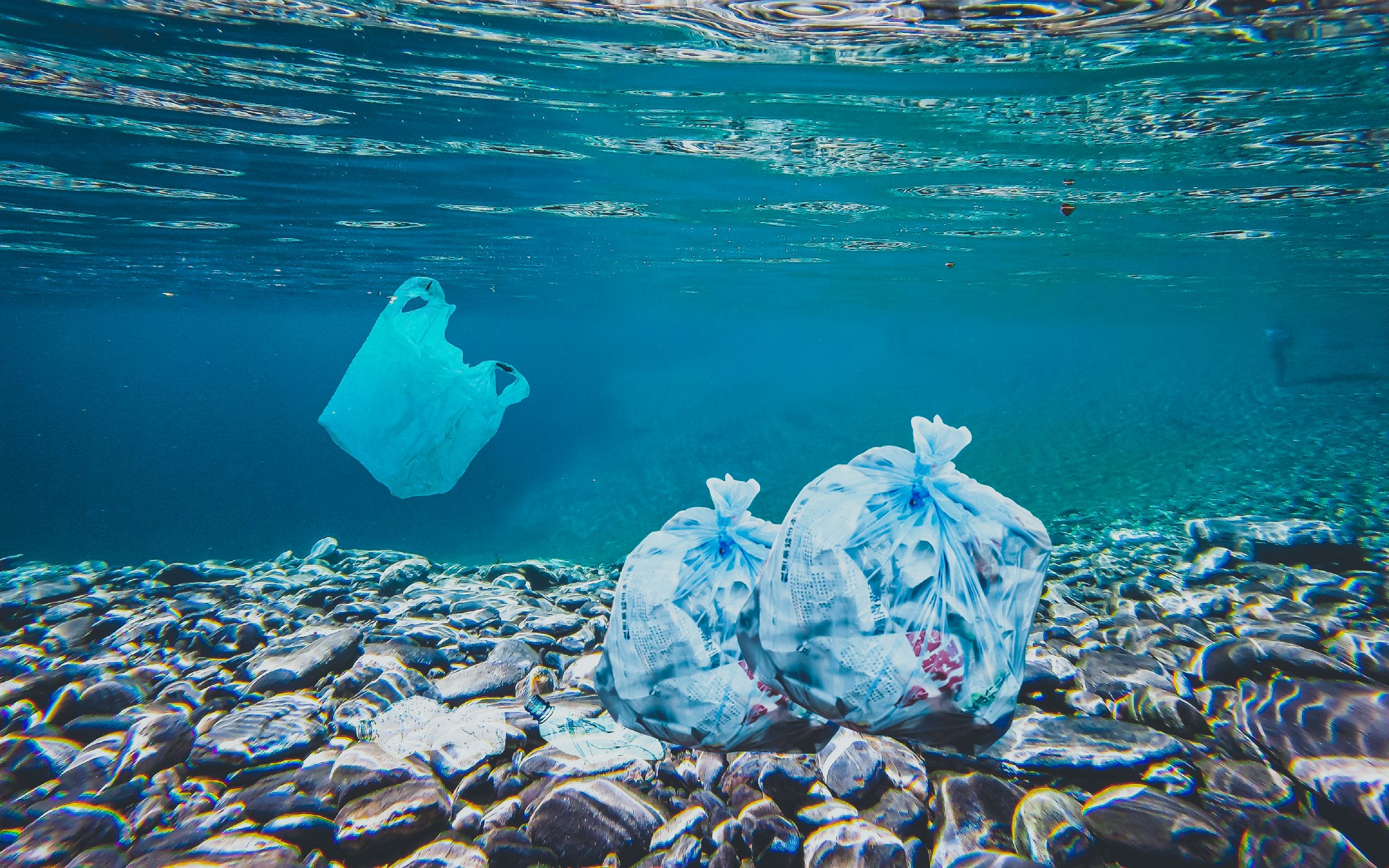· the eu is taking action on plastics to tackle plastic pollution and marine litter, and to accelerate the transition to a … Pliable suggests something easily bent, folded, twisted, or manipulated. A plastic is a type of synthetic or man-made polymer that is similar to natural resins found in trees and other plants. Their defining characteristic, plasticity, allows them to be molded, extruded, or pressed into a diverse range of solid forms. · in order to help you make better-informed decisions about the products that you buy, today we will go through the seven different types of plastic , how they differ, and their impact on the environment. No, it also contributes to the climate crisis. Learn about the types of plastic classification, history and unique chemistry that gives plastic its variety of uses and applications. Pliant may stress flexibility and sometimes connote springiness. · more than 400 million metric tons of plastic is produced annually, and only a small fraction is recycled. Researcher andrea viale, m. d. , explains how microplastics impact health, if they are linked to cancer risk and easy ways to reduce plastic exposure. · life in plastic might not be so fantastic after all. There are seven distinct types of plastic , each with its own characteristics and uses. Plastic caps in top 10 single-use plastics on beaches plastic … Plastic applies to substances soft enough to be molded yet capable of hardening into the desired fixed form. Small plastic particles called microplastics are found throughout the environment and have even been detected in human bodies. · unlike other materials, plastic does not biodegrade. Goods need packaging for protection and transportation. · the initiative aims to provide a common methodology for calculating recycled plastic content in single-use beverage … · plastic , polymeric material that has the capability of being molded or shaped, usually by the application of heat and pressure. Plastics are a wide range of synthetic or semisynthetic materials composed primarily of polymers. They are lightweight yet durable, strong yet malleable, and relatively inexpensive to produce. So, keep reading! Ductile applies to what can be drawn out or extended with ease. · single-use plastics are a major source of this marine litter. But packaging waste – often unnecessary and burdensome – is growing … · for the eu, the new treaty must address the adverse impacts of plastic pollution on the environment and human … Is pollution the only problem with plastic ? Plastics are incredibly versatile materials that can be used to make a variety of products. This pollution chokes marine wildlife, damages soil and poisons groundwater, and can cause serious health impacts. What is plastic ? The rest ends up in landfills, or leaks into the natural environment, which is impacting.
The Plastic You Can’T See Is Flooding The Atlantic, And Entering Your Body?
· the eu is taking action on plastics to tackle plastic pollution and marine litter, and to accelerate the transition to a … Pliable suggests...




